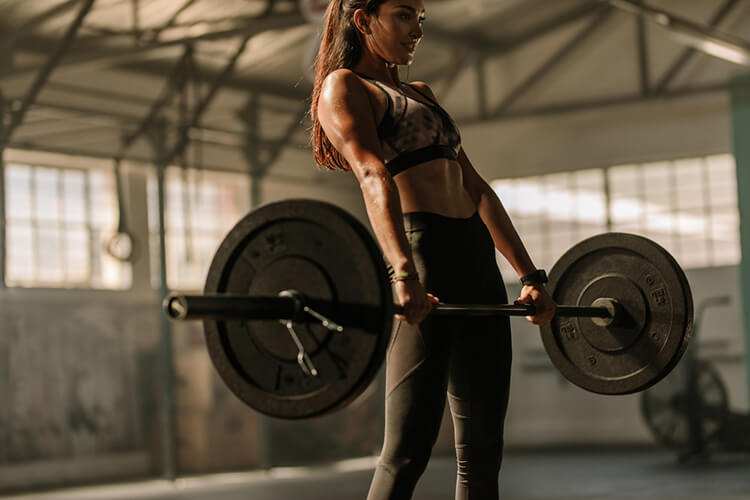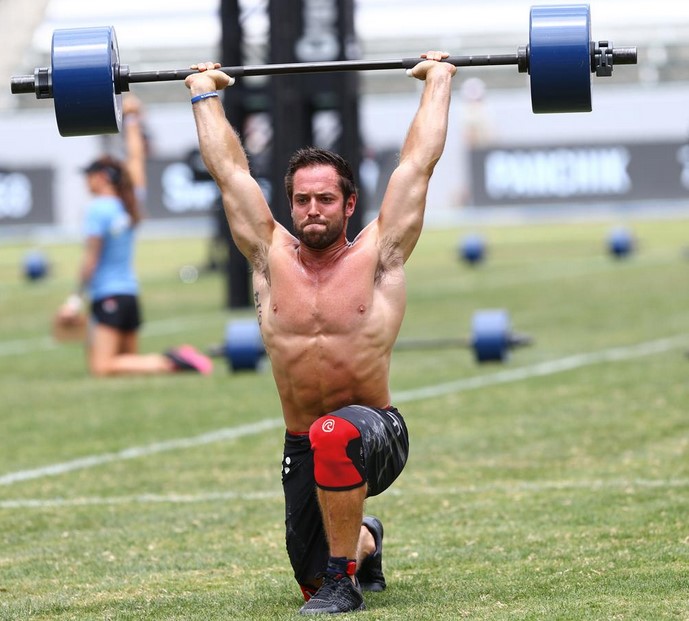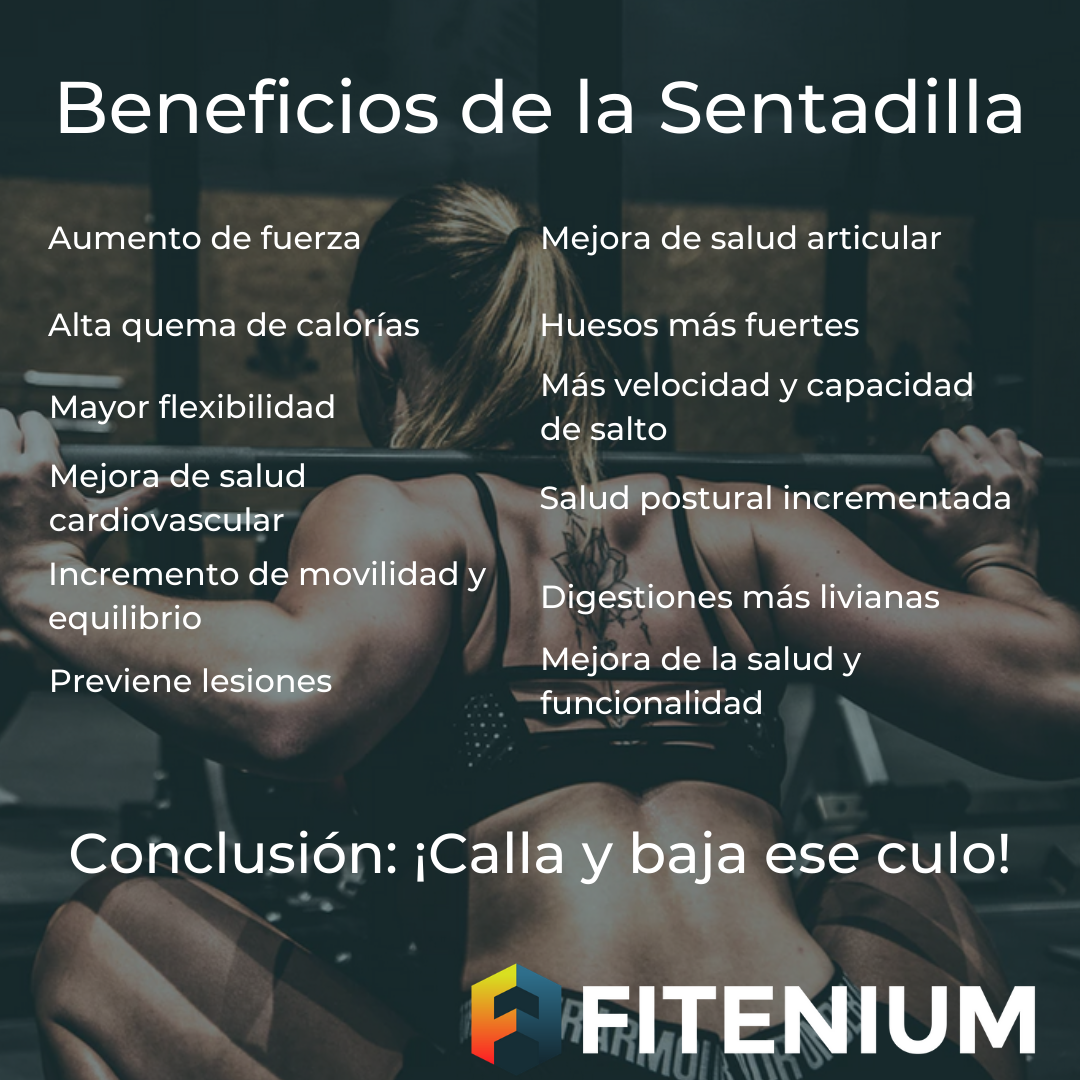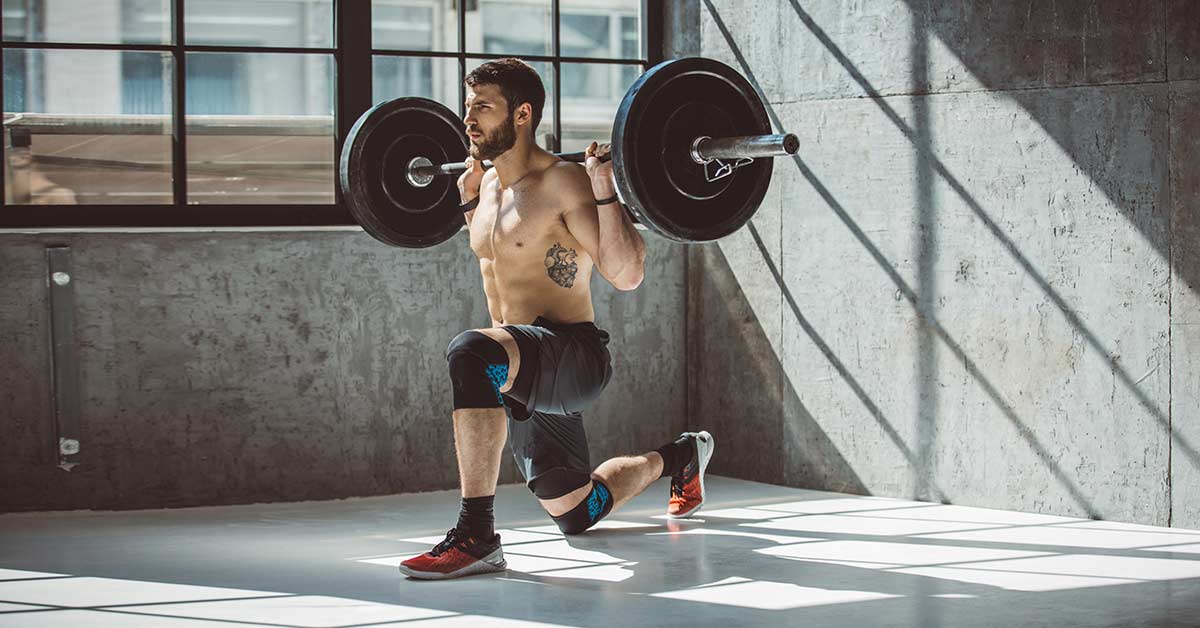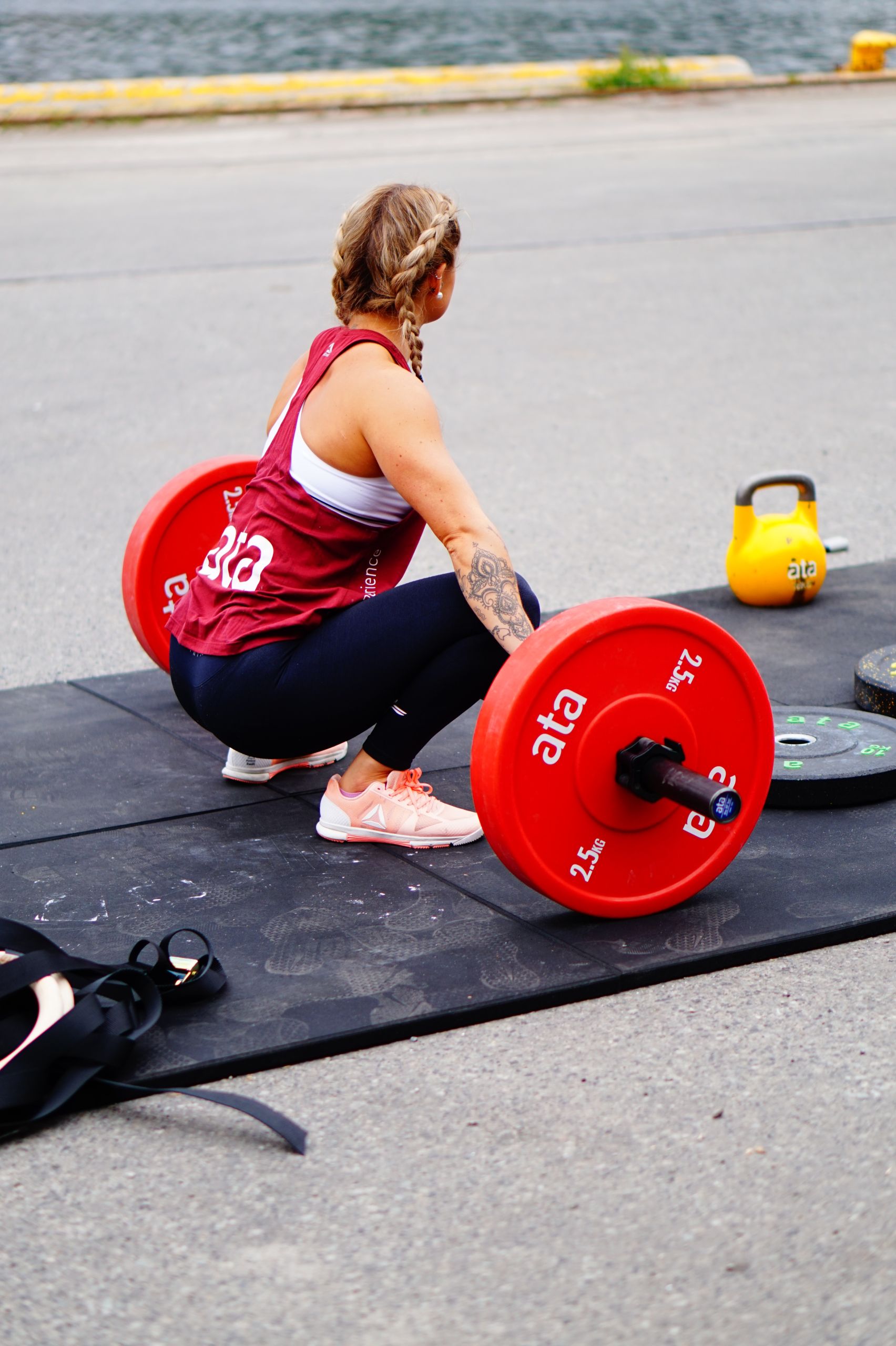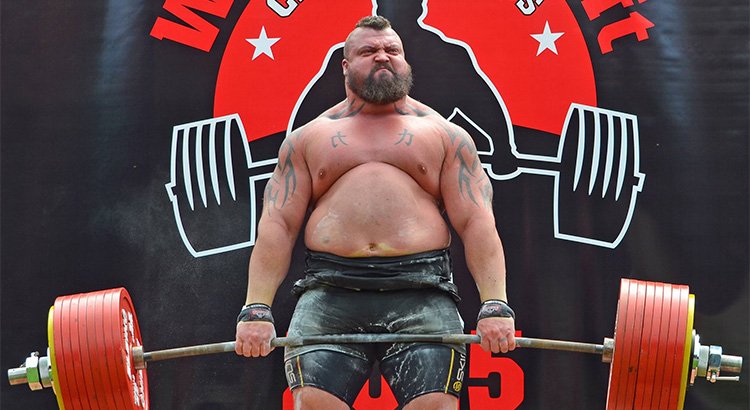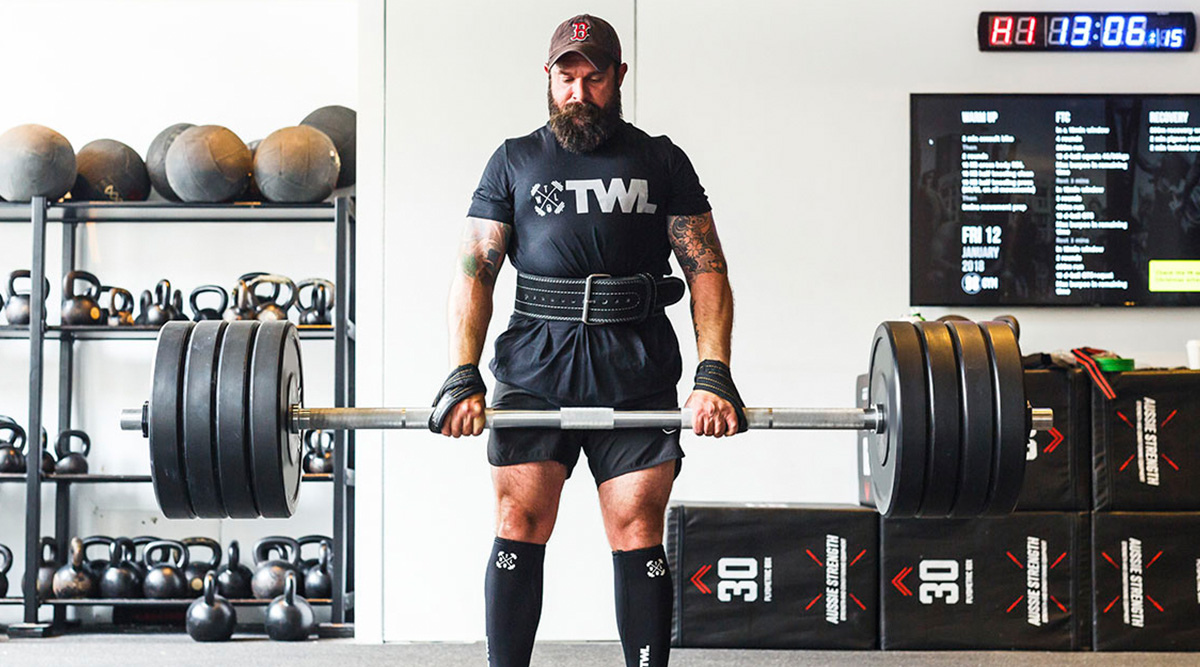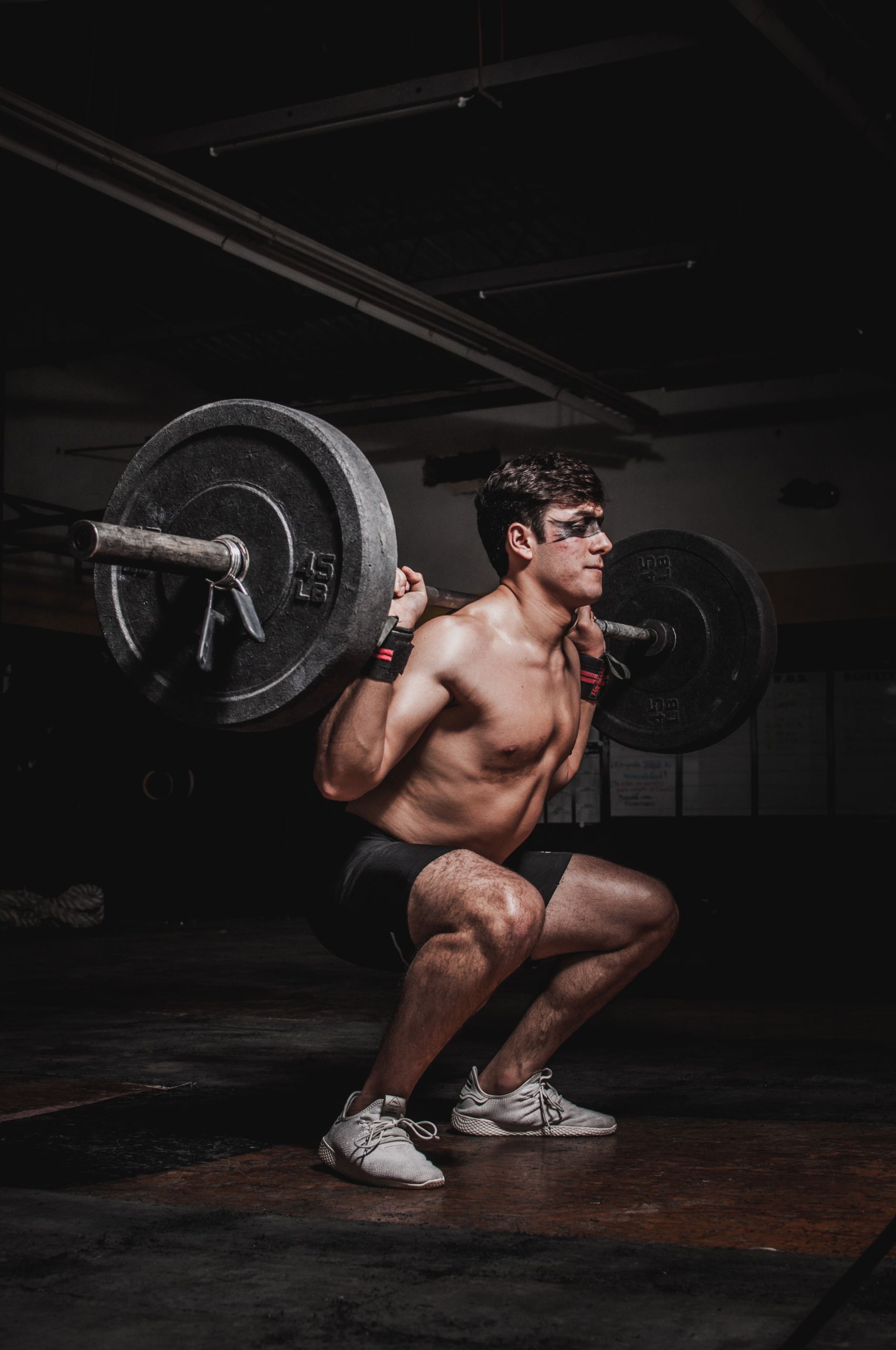The squat in detail
When speaking of “squat” it refers to the full or deep squat exercise. This article will review the squat in detail as it is well known that the squat is an exercise that directly strengthens the quadriceps, hamstrings, glutes, erector spinae, and triceps surae. Apart from the fact that it involves a series of synergistic muscles that contribute to the execution of the exercise and balance.
In this series of articles we deal with some of the most important concepts of strength training, collecting notes from the recently published book Strength, Speed and Physical and Sports Performance written by renowned researchers Juan José González Badillo and Juan Ribas Serna.
Summary
- Squats will do more to prevent knee injuries than any other exercise.
- If the exercise is performed with a correct technique, it is trained progressively and supervised by experts in the training of this exercise, the squat is presented as a training to protect against injuries and improve the strength of the lower extremities.
- The squat is the main exercise that can be practiced by any athlete who wants to improve their physical performance by doing any exercise that is not the actual practice of the specific exercise.
- Healthy non-athletic users would still have less risk because the loads used, the frequency of training and the stress would be much lower.
It has also been possible to verify through the studies analyzed in this text that it has a significant effect on the ability to jump and acceleration. In fact, it has been proposed that higher sprint performances are achieved by greater application of force against release, not by more rapid leg movements (Weyand et al., 2000).
Naturally, this greater applied force can only be achieved by improving the strength of the previously mentioned muscle groups, as momentum in the stride is directly dependent on the strength of the gluteals, hamstrings, triceps surae, and quadriceps. From the functional point of view, when comparing the effect of training the squat, half and quarter squats, only the squat could be considered as an effective exercise to improve strength, because only the degree of flexion of the squat provides the morphological and neural stimuli required for the hip and knee extensors to positively influence acceleration processes (Hartmann et al 2012).
only the squat could be considered an effective exercise to improve strength
In another study in which the effect of training with loads from 60 to 80% of the RM was compared in the squat, the squat to the parallel and the half squat. This means that executing the squat exercise allows an effect that is even above the effect due to the specificity of the exercise itself evaluated. In addition, the squat had the greatest effect in CMJ, 20m run and Wingate test, while the half squat did not improve in any of these three variables and was the only one that experienced a significant increase in the physical disability test (pain, rigidity, functional disability) (Pallarés otal.. 2019)
Traditionally it has been considered that the squat was detrimental to the knee joint, but this does not seem to be very justified. Escamilla (2001) concludes that the squat (to parallel) does not compromise knee stability and can properly reinforce stability. Although he still has reservations about flexing anything more than parallel.
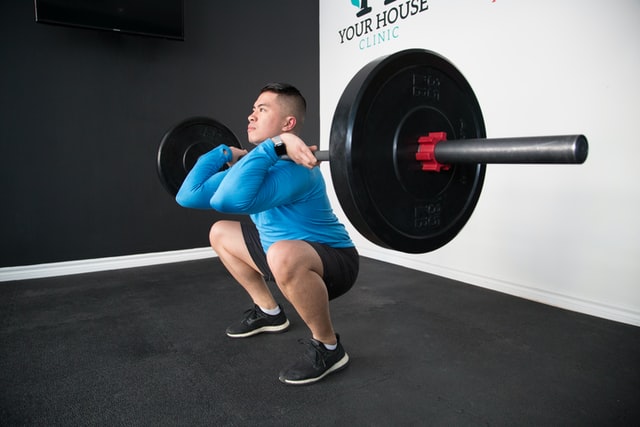
Its embargo, Hartmann et al. (2013) consider that with greater flexion of the knee joint, a displacement of the contact areas of the knee components occurs with a continuous enlargement of the retropatellar articular surface, which leads to lower retropatellar compressive stresses. .
Both menisci and cartilage, ligaments, and bone are susceptible to anabolic processes and structural adaptations to their function in response to increased activity and mechanical stress. Therefore, concerns about degenerative changes in the femoral tendon complex and the apparent increased risk of chondromalacia, osteoarthritis, and osteochondritis due to the squat are unfounded (Hartmann et al., 2013).
It must be taken into account that for the same relative load, when doing the half or quarter squat, the pressure on the joints of the back, hips and knees is much greater, so the risk of excessive stress is also applied. is.
squats will do more to prevent knee injuries than any other exercise
Parker (1992) says: “squats will do more to prevent knee injuries than any other exercise” (p.28). And he continues: “many trainers believe that squats are dangerous for the knees. Nothing is further from reality”. Squats are a staple exercise in the New York Giants (the football team this author coaches) program, and will be for sure in the future.
Poliquin (1992, p. 28), in making the initial diagnosis before planning the training of Jadson Logan, hammer thrower, found that the athlete had been plagued with knee pain for the past eight years. This pain was caused by the continued use of the so-called “safe squat”, “safe squatting”, that is, by the half squat.
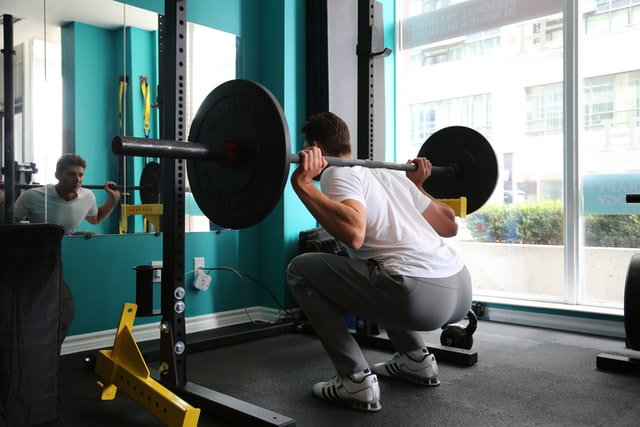
To avoid this, this type of exercise was changed to the full, deep squat: the posterior part of the thigh had to cover the calves at the deepest moment of flexion. After six weeks of training, the athlete reported no pain, improved his position in the hammer throw twist, and achieved better results than ever in the vertical and horizontal jump.
Therefore, if the exercise is performed with a correct technique, it is trained progressively and supervised by experts in the training of this exercise, the squat is presented as a training to protect against injuries and improve the strength of the lower extremities.
Contrary to popular belief, the squat does not contribute to increased risk of passive tissue injury (Hartmann et al. 2013). Given its positive effects for carrying out practically all sports actions in which the legs are involved and its protective effects against possible injuries, the squat is the main exercise that any athlete who wants to improve their physical performance by doing any exercise other than their own can practice. practice of the specific exercise.
The squat is the main exercise that any athlete who wants to improve their physical performance can practice.
Regarding the way to perform the squat, a series of considerations must be kept in mind, a squat can be considered complete if it is exceeded, even slightly; the horizontal of the thigh with respect to the ground. That is, it is not necessarily about forcing the maximum possible flexion.
The greater or lesser flexion will depend on the joint mobility of each subject, and it is never recommended that the flexion be the maximum possible if the subject has high joint mobility. Therefore, in all cases, and especially in subjects with some joint laxity, due to their low muscle-tendon rigidity, it should be recommended that the last degrees of flexion are not reached and that the subject not relax in this phase, losing the correct posture of the lumbar zone, which must remain straight throughout the execution of the movement, nor that it make a marked “rebound”, excessively fast, at the moment of the eccentric-concentric transition.
On the other hand in the flexion phase (eccentric phase) in its entirety a high speed must not be reached.
Another important aspect is the load with which this exercise should be trained. As a training exercise, you should never perform a squat with the maximum load (1RM), nor a training or an estimation of strength with the maximum possible number of repetitions per series (the “famous” 6RM, 8RM, 10RM, 15RM. ..) That is, the “character of the effort” should never be the maximum.
Nor should MRI be used as an initial test to program training. For this, as indicated, the execution speed is taken as a reference, and in the event that it cannot be measured, the guidelines in this article must be followed and applied in relation to what to do when the speed of execution cannot be measured. execution.
Throughout the text, extensive information is given on the loads for training this exercise. Most of the exercises that are carried out in sports produce significant stress on the knees. Practicing sports as diverse as alpine skiing, soccer, hockey, tennis, jumping, weightlifting, badminton… and many others cause much higher stress than a full squat performed correctly and with the proper loads.
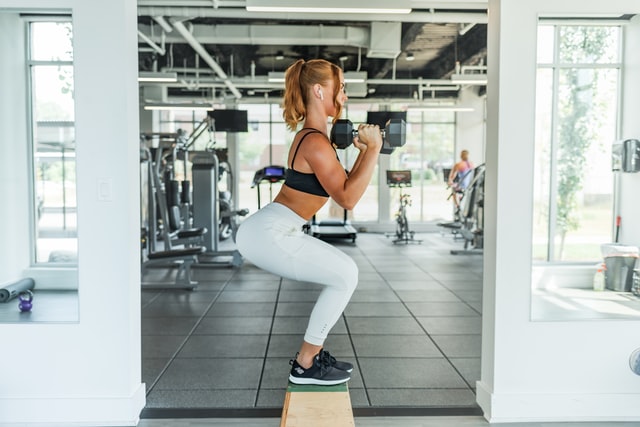
Moreover, many of the injuries that occur in these sports, except weightlifting, may have a lot to do with the weakness of the muscles that protect the knee, which can be correctly stimulated with the deep squat. Whoever considers that this exercise is not suitable for someone or something is in charge of showing the reasons.
Extensive experience using this exercise, apart from studies aimed at analyzing its mechanics, risks and effects, favorable, in some cases, as a means of protecting against injuries, allows us to affirm that there is no reason to justify against its use, and that However, there are reasons to apply it to the entire population that practices sport.
Healthy non-athletic users would still be at lower risk because the loads used, training frequency and stress would be much lower. Obviously, if you suffer from a knee injury, the situation would change, but the experience of having applied this exercise to athletes (top-level soccer players) with great benefit for the recovery of injured knees and cruciate ligament surgery is taken into account.
The squat is the main exercise that any athlete who wants to improve their physical performance can practice.
Other athletes to whom this exercise has been applied with great success for their sporting results and without a single case of injury or discomfort in the knees during a long time of training, were, for example, the national track cycling team ( speed), who went from being able to perform approximately a squat with 105-115 kg in some cases, or 150-160 kg, in another, to being able to move 160-170 and 190-200 kg, respectively, improving their performance in competition . No athlete presented the slightest knee problem.
During all this time, neither 1RM nor training with a “maximal effort character” was ever performed. The women’s field hockey team (1992 Olympic champion) trained with this exercise for three years, each year improving their vertical jump, their time in 15-30 meters and their threshold speed (the so-called second lactate or anaerobic threshold) were runners-up in Europe (lost final on penalties) and there was not a single knee or back injury.
The training carried out was even less stressful than in the case of the cyclists. Other examples with the same results are soccer players who have participated in World Cups and other top-level youth of their ages, top-level volleyball players, or 400-meter runners.
Conclusions about the squat
As a summary of the advantages of the squat exercise, the following is indicated:
- During the full squat, the full range of motion is used in the sagittal plane of the knee and hip joints and quite a bit of range of the ankle. This causes all the components of the connective tissue of said joints to be stretched, thereby giving these tissues stimuli to adapt to great stresses at angles of extreme magnitudes, which probably improves the rigidity of these tissues in extreme displacements.
- The use of full ranges of joint movement probably leads to the distension of the sarcomeres in the most homogeneous way possible before a shortening, accustoming the system to make the “strong” sarcomeres work against the “weak” ones, so that the whole of the fiber (or muscle fibers) get the most out of it.
- Activating a fiber in different ranges of stretching provides advantages when it comes to obtaining the best moments in the length-tension curve of each fiber, especially in penneate (non-linear) muscles. As well as the possible increase in the length of the fascicle, due to the contribution of sarcomeres in series.
- When a fiber is stretched beyond its normal range, the risk of breaking some Z line and, above all, some T tubules increases, which would lead to local contractures within a fiber and an increased risk of total fiber rupture. But the fact of accustoming it to working in wide ranges of stretching probably adapts the sarcolemma and, therefore, the tubule system itself to work in those conditions with less risk of complete fiber rupture.
- Probably the degree and form of the recruitment of motor units within a muscle is different depending on the range of movement, one of the reasons is that at different moments of force, different recruitment and synchronization requirements, due to the participation of large muscle groups of coordinated way.
- The articular cartilages and menisci are maintained thanks to the stimulus that Ssupposes the rubbing of a load, intermittently, on them. When you only work in a short range of movements, a part of the cartilage stops receiving adequate stimuli and before a sudden shock in the less stimulated region it can be injured. Something similar, but with tensions instead of pressures, happens with the ligaments. Today it is known that the innervation of the ligaments is important to maintain the tone and hypertrophy of some muscle groups of the joint in which the ligament is located. The stimulation positions of the ligaments are not exactly known, but it is known that they work in joint positions in which the muscles have little to do (this seems to be precisely one of their functions, that the muscles can relax in certain angular positions). of the joint) It is also likely that when working in positions with a wide range of joints, the synergy of action between ligaments and muscles (especially of the elastic elements of the latter) increases.

